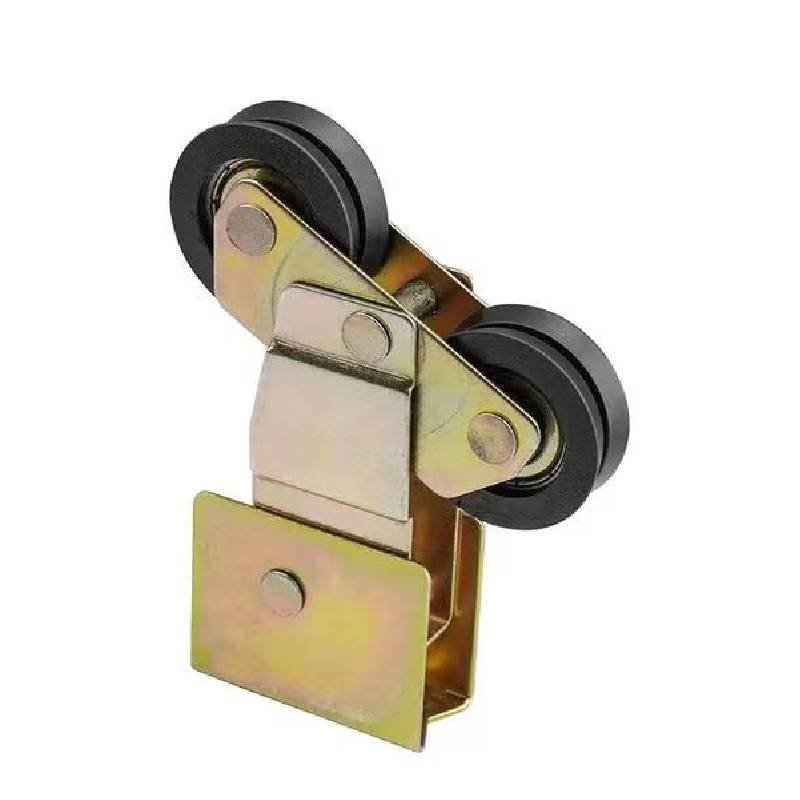metal gate components
Exploring Metal Gate Components A Key Element in Modern Architecture
Metal gates have long been a staple in both residential and commercial architecture, providing security, aesthetic appeal, and functionality. The components that make up these gates are crucial in determining their durability, style, and performance. Understanding these components can help homeowners and builders make informed decisions when selecting and installing metal gates.
1. Framework
The framework is the backbone of any metal gate. Typically constructed from robust materials such as steel or aluminum, the framework provides strength and stability. Steel is favored for its durability and resistance to wear, while aluminum is lightweight and resistant to corrosion. The choice between these materials often depends on the specific requirements of the project, including local climate conditions and desired aesthetic outcomes.
2. Gates Panels
The panels of metal gates can vary widely in design, depending on the intended look and functionality. Solid panel gates offer maximum security and privacy, while slatted or lattice designs allow for visibility and airflow. These panels can also be customized with decorative elements, such as scrollwork or unique patterns, that enhance the gate's overall appearance.
3. Hinges
metal gate components

Hinges are a crucial component for the operational efficiency of metal gates. Heavy-duty hinges are essential for supporting the weight of the gate while allowing for smooth movement. Depending on the gate's design and weight, different types of hinges may be used, such as continuous hinges for larger gates or self-closing hinges for added security.
Security is a primary concern for any gate, and the choice of latches and locks significantly impacts the gateway’s safety. There are numerous options available, including simple slide latches, key locks, and electronic access control systems. The lock’s durability and resistance to tampering are key factors to consider, particularly for gates providing access to outdoor spaces.
5. Finish and Coating
The finish of a metal gate is not merely aesthetic; it also serves as a protective layer against rust and corrosion. Common coatings include powder coating and galvanization, both of which enhance the gate's longevity and maintain its appearance over time. Choosing the right finish can significantly reduce maintenance requirements and prolong the life of the gate.
Conclusion
In conclusion, metal gate components play a vital role in the functionality, security, and aesthetic appeal of the gates. By understanding the various components—framework, panels, hinges, latches, and finishes—homeowners and builders can make informed decisions that suit their needs. As metal gates continue to evolve in design and technology, investing in quality components is essential for achieving the ideal balance between form and function. Whether for a residential property or a commercial establishment, the right metal gate provides not just security, but also enhances the overall beauty of the surrounding environment.
-
Wrought Iron Components: Timeless Elegance and Structural StrengthNewsJul.28,2025
-
Window Hardware Essentials: Rollers, Handles, and Locking SolutionsNewsJul.28,2025
-
Small Agricultural Processing Machines: Corn Threshers, Cassava Chippers, Grain Peelers & Chaff CuttersNewsJul.28,2025
-
Sliding Rollers: Smooth, Silent, and Built to LastNewsJul.28,2025
-
Cast Iron Stoves: Timeless Heating with Modern EfficiencyNewsJul.28,2025
-
Cast Iron Pipe and Fitting: Durable, Fire-Resistant Solutions for Plumbing and DrainageNewsJul.28,2025
-
 Wrought Iron Components: Timeless Elegance and Structural StrengthJul-28-2025Wrought Iron Components: Timeless Elegance and Structural Strength
Wrought Iron Components: Timeless Elegance and Structural StrengthJul-28-2025Wrought Iron Components: Timeless Elegance and Structural Strength -
 Window Hardware Essentials: Rollers, Handles, and Locking SolutionsJul-28-2025Window Hardware Essentials: Rollers, Handles, and Locking Solutions
Window Hardware Essentials: Rollers, Handles, and Locking SolutionsJul-28-2025Window Hardware Essentials: Rollers, Handles, and Locking Solutions -
 Small Agricultural Processing Machines: Corn Threshers, Cassava Chippers, Grain Peelers & Chaff CuttersJul-28-2025Small Agricultural Processing Machines: Corn Threshers, Cassava Chippers, Grain Peelers & Chaff Cutters
Small Agricultural Processing Machines: Corn Threshers, Cassava Chippers, Grain Peelers & Chaff CuttersJul-28-2025Small Agricultural Processing Machines: Corn Threshers, Cassava Chippers, Grain Peelers & Chaff Cutters












